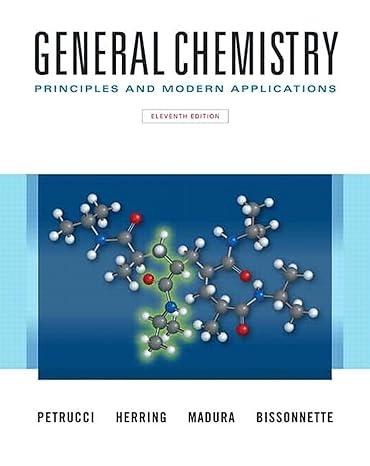(A) Calculate the de Broglie wavelength of a helium atom at 25 C and moving at the...
Question:
(A) Calculate the de Broglie wavelength of a helium atom at 25 °C and moving at the root-mean-square velocity. At what temperature would the average helium atom be moving fast enough to have a de Broglie wavelength comparable to that of the size of a typical atom, about 300 pm?
(B) By using a two-photon process (that is, two sequential excitations), a chemist is able to excite the electron in a hydrogen atom to the 5d level. Not all excitations are possible; they are governed by selection rules. Use the selection rules to identify the possible intermediate levels (more than one are possible) involved, and calculate the frequencies of the two photons involved in each process. Identify the transitions allowed when a sample of hydrogen atoms excited to the 5d level exhibits an emission spectrum. When a sample of gaseous sodium atoms is similarly excited to the 5d level, what would be the difference in the emission spectrum observed?
Step by Step Answer:

General Chemistry Principles And Modern Applications
ISBN: 9780132931281
11th Edition
Authors: Ralph Petrucci, Jeffry Madura, F. Herring, Carey Bissonnette





